Health
Source: inspiredot.net
Bacteria, every germaphobe’s worst nightmare. The thing is though that bacteria is not something that’s going anywhere. Not even our cleaning efforts are going to completely remove those pesky germs.
In fact, research shows that there is more bacteria on Earth alone than stars in our entire universe.
Now that’s not to say the bacteria is bad. One of the misconceptions is that all bacteria is bad. It’s actually not. A lot of them are very beneficial and exist in all kinds of places. Places where you least would expect them. Today, we’re going to explore where some of those places are.
SHEETS AND COMFORTERS
One other quick fact to keep in mind with bacteria is that they can rapidly multiply when in the right environments. In the span of eight hours, one bacterium can become over 16 million bacteria.
One such favourable environment for these bacteria is sheets and comforters. For one, it’s nice and cozy for them just as much as us. One other reason bacteria linger there is because bacteria feeds off of dead skin which we shed while we sleep.
This is the reason why it’s prudent we dust our sheets on the regular and wash them every week or two.
MOUTH GUARDS

Certain sports require that we wear a mouthguard. That’s fine, however many of the users don’t properly clean them between each game. That build-up of saliva is perfect for bacteria to cling to but also to grow in numbers on that bit of plastic.
Not only that but letting them stay in cases without cleaning them is dangerous as well. Mouth guards are prone to carry diseases all because of poor cleaning and then it gets dropped or we pick it up with dirty hands before placing it back in our mouths.
Do yourself a favour and just wash the thing diligently.
PET TOYS

Our furry pals are amazing, but it’s important to understand the extent their toys carry bacteria too. Animals have bacteria as well and so you want to exercise some caution when handling toys.
Make sure you are scrubbing and cleaning the hard toys with bleach along with soap and water. If not, you are presenting unnecessary risk of bacterial infections to you and others.
CAFETERIAS

A public place where a lot of people eat but also perfect for bacteria to thrive in. Everyone is sneezing, coughing, eating, and talking, making it easy for germs to start spreading about.
Pair that up with potential food or drinks spilling on the floor, you’ve got a recipe for more germs to spread.
With all this in mind, we’d recommend you sanitize your hands and try cleaning up around the area you were eating at. Also, make sure that you are washing your hands vigorously before and after every visit.
KITCHEN COUNTERS

On the note of food, kitchens are also a large spot for bacteria to spread. Specifically the counters. While in the kitchen, we are doing all kinds of things: cutting, kneading, cooking. Not to mention there are all kinds of food items scattered around the place too.
Make a point of cleaning your kitchen on the regular. If you leave a mess, clean it up. Also once a month, spray disinfectant solution on your countertop, and let it air dry.
LIGHT SWITCHES
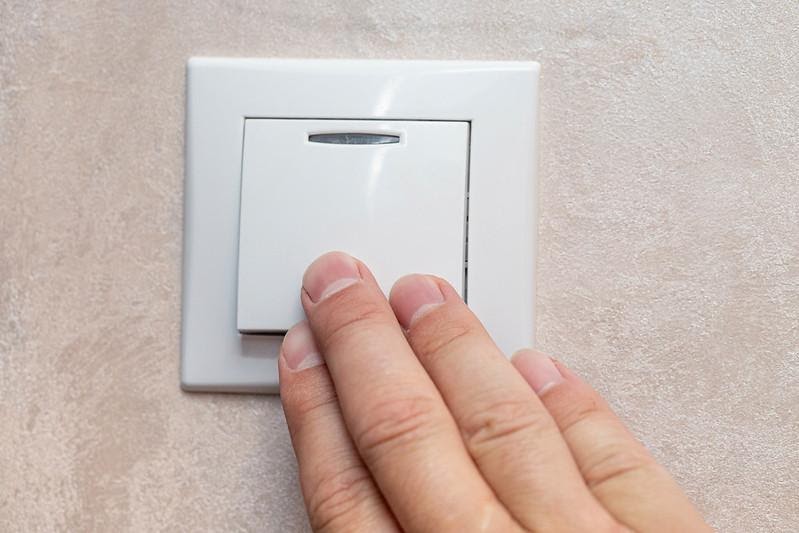
We only touch them for a brief moment every time, but those small moments build up over time. Remember that we all have bacteria on us and that stuff clings to everything we touch. Light switches are no exception to that.
While that might be cool in the comfort of home, make a point of cleaning switches on the regular in office spaces.
SHOPPING CARTS

As you might be able to piece together by now, any item that is public use is prone to have bacteria. Shopping carts are one of those for obvious reasons. You have no clue where it’s been or where the previous user has been.As a rule, wipe the handle down with a disinfectant wipe. Also avoid touching your face, mouth, eyes or nose while using the cart. Lastly, once you’re done using it, wash your hands.
MONEY
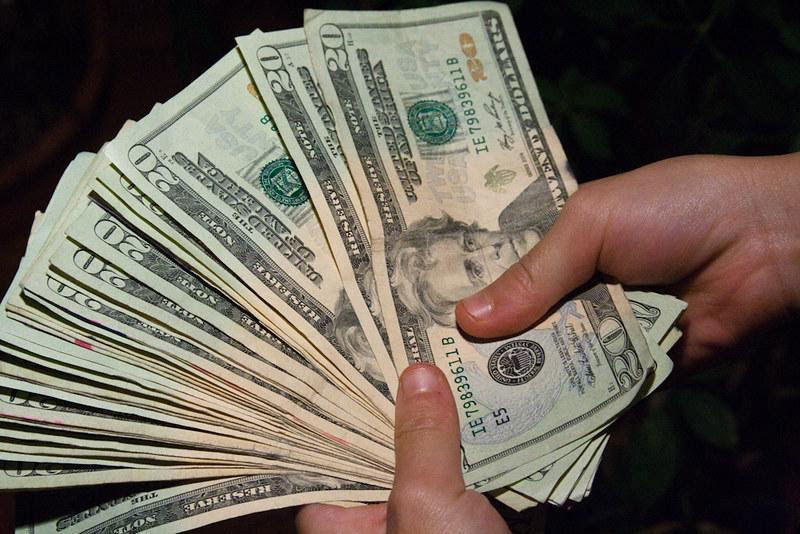
While we may be using plastic cards over paper and metal, money still carries around a lot of germs. Money is always in circulation and of course that makes germs able to move around great distances.
What’s worse is money can carry around some really harmful bacterias. It’s not out of the ordinary for money to carry salmonella, E. coli, and various other illnesses. If you are handling money, make sure to wash your hands and avoid having money contact your eyes, nose or mouth.
OUR CELL PHONES
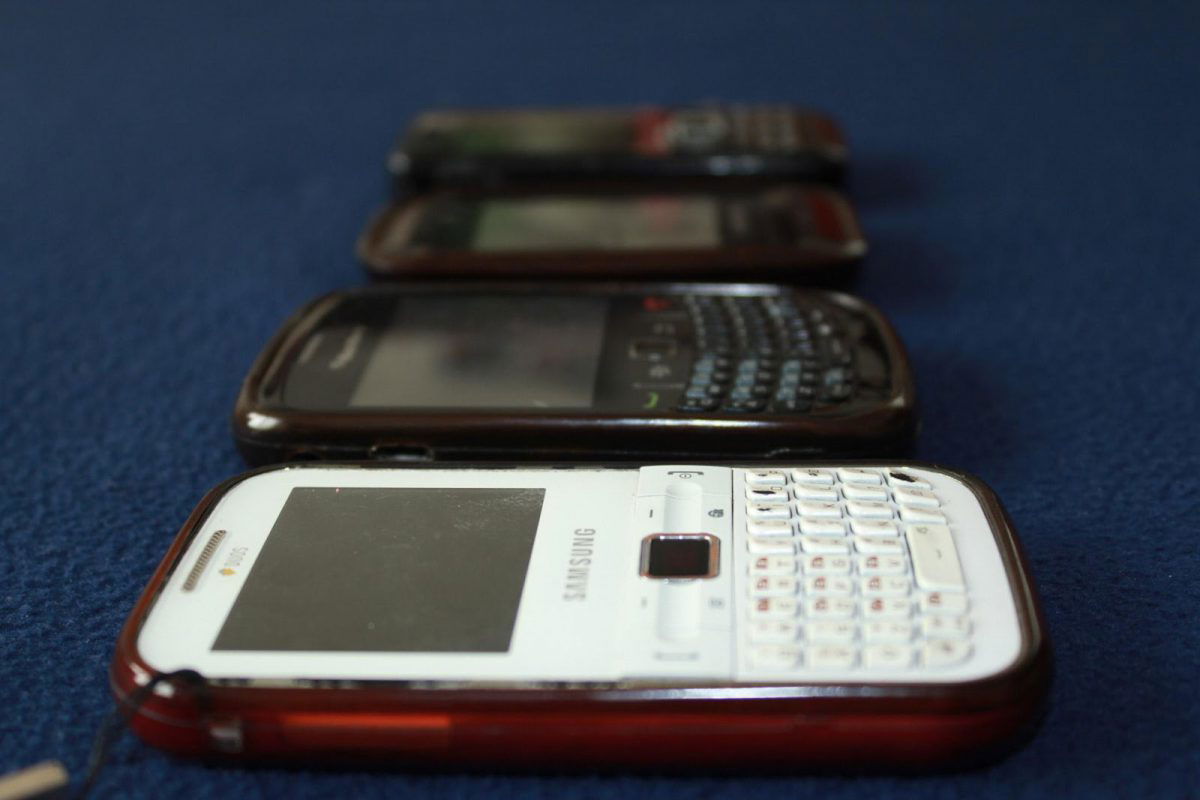
We’re holding these things pretty much all the time. While that’s okay, some of us have thought it would be cool to carry this around in the bathroom. This leads to our phone getting germs and having them cling to our phones.
Even if you’re not carrying this around in the bathroom, we’re still eating, sneezing, coughing and touching different surfaces before touching our phones. This act alone causes germs to begin moving around to various surfaces.If you’re paranoid about germs, carry an antibacterial cloth to wipe your phone down every day. Wash your hands on the regular and avoid using your phone while eating.
SALT AND PEPPER SHAKERS

Specifically the ones in restaurants. Similar to the shopping carts, you don’t know who’s touched them or where those people have been. Not only that but it’s the common spices that people use all the time so you know they’ve been used.
To avoid the spread of germs, wipe the shakers down with disinfectant wipe and clean the table or kitchen counter. Of course, washing your hands is smart too.
FAUCET HANDLES
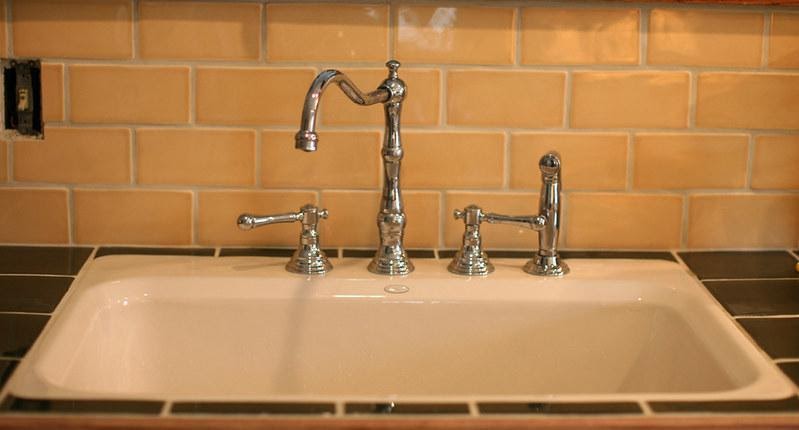
These are the trickiest ones out there to keep clean because you can’t wash your hands before touching these. Unless of course you’re the type to carry around gloves all the time. Anyway, the ones at home are going to be easier to stay on top of, but the ones in public places are going to be a nightmare.
After all, people are quick to use them and never bother to clean them up afterwards. Thankfully this is somewhat mitigated by the hand-free taps and soap dispensers.
KEYBOARDS
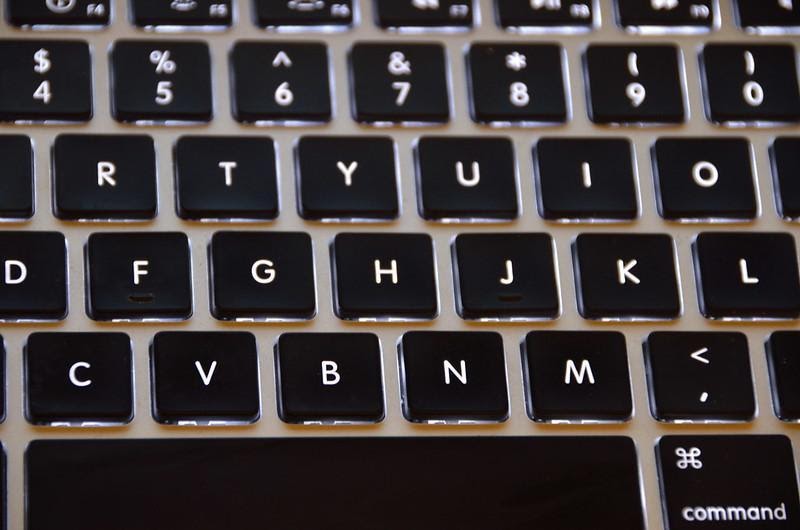
Are you the type of person who eats at the keyboard? Well bacteria love those little crumbs and are able to grow quickly in numbers on keyboards. Not only that, but we’re also probably sneezing, and touching our hands on the keyboard often without washing them.
All of this builds up the bacteria which can lead you to becoming sick.
As a rule, wash your hands vigorously before and after using your keyboard. Also get some disinfectant wipes and clean down your keyboard. You can even find some disinfectant sprays that are friendly to electronics too.
TOOTHBRUSHES
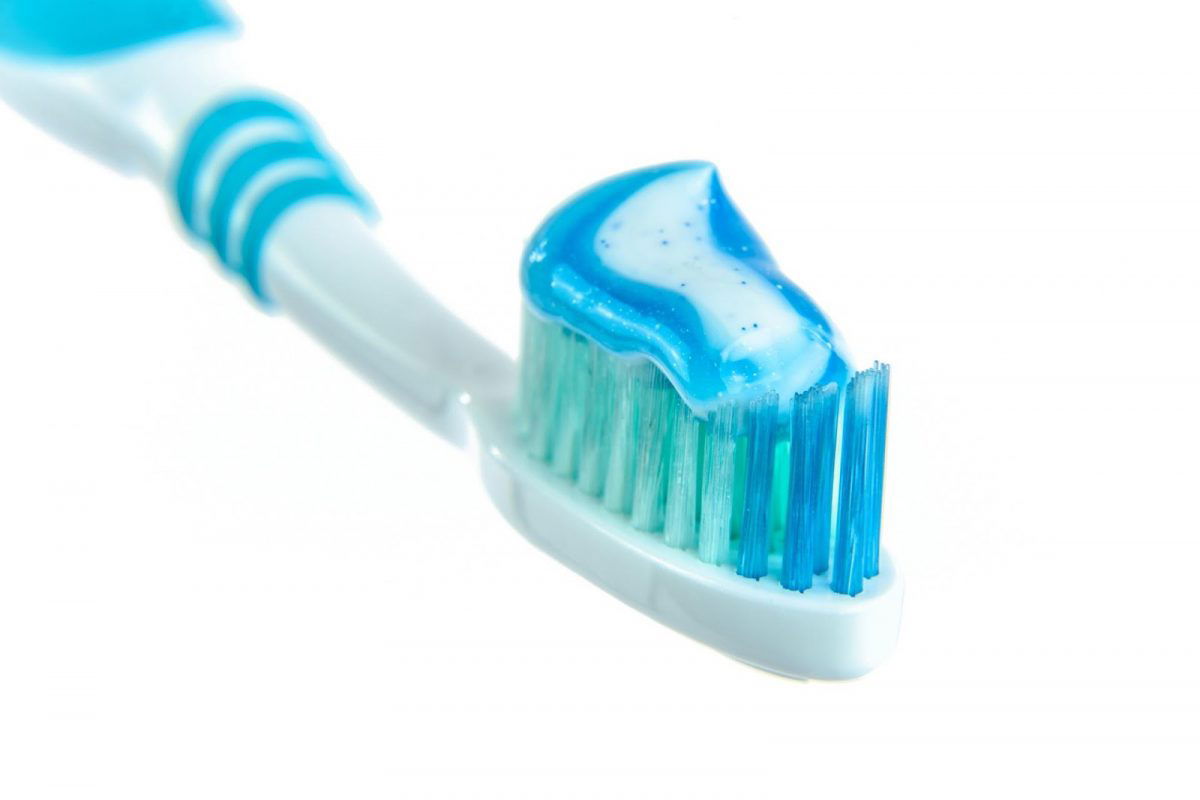
It’s ironic. The item that we use to clean our teeth is also a tool that carries bacteria as well. Though how bacteria gets to it is not how you’d think.
You see, the bathroom is a place that is riddled with germs and if you leave toothbrushes in moist places, a toothbrush will take a long time to dry. The fact it’s not drying as quickly allows bacteria to begin growing on the teeth of the tooth brush.
You can also combine this with other aspects of the bathroom as well. Take toilets. Whenever we flush, there is a potential for fecal germs to shoot into the air and cling themselves to various objects. Objects like toothbrushes.
TOOTHBRUSH HOLDERS
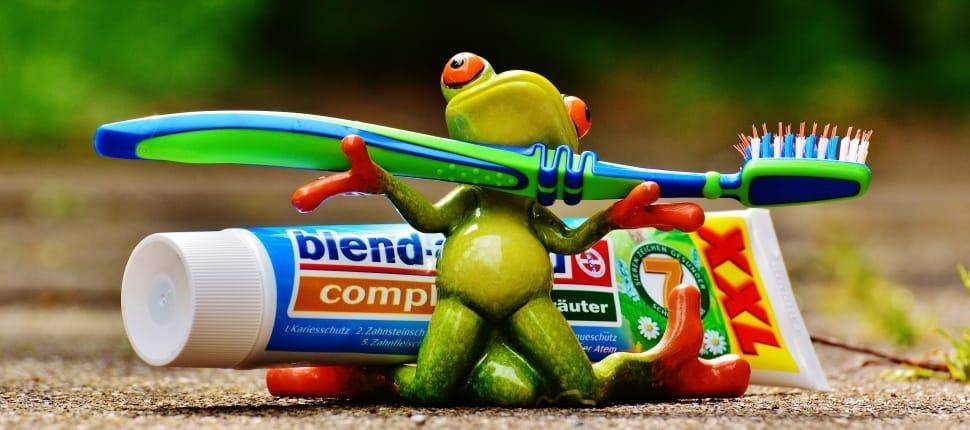
While people make a point of washing down their toothbrushes, a lot of people fail to wash down the toothbrush holders. Some people think since they washed their toothbrush, the holder will be alright.
Wrong.
The holders are essentially cups which can build up a thin layer of water from the excess water that’s on the toothbrush itself. That water, if uncleaned can allow the growth of fungus, which can lead to mold.
Furthermore, if the holder is near the toilet, it could allow the build up of fecal aerosol on the surface too.
As such, clean it every few days with hot soapy water. Also place it in a cabinet if you can.
BOOKBAGS

Bookbags are helpful tools that can carry all of our stuff. But one thing we often forget is that it can carry all kinds of bacteria as well. Remember that the things we put in it have been in contact with bacterias.
And now they’re all in an enclosed space, allowing themselves to grow at rapid paces.
Not only that, but if you are someone who sweats while carrying a bookbag, you’re allowing that bacteria to cling to the bag and potentially having it seep into it too.
Like everything, avoid touching your mouth, eyes or nose after touching your bookbag. Also if it’s washable, give it a good scrub once in a while.
MENU CARDS
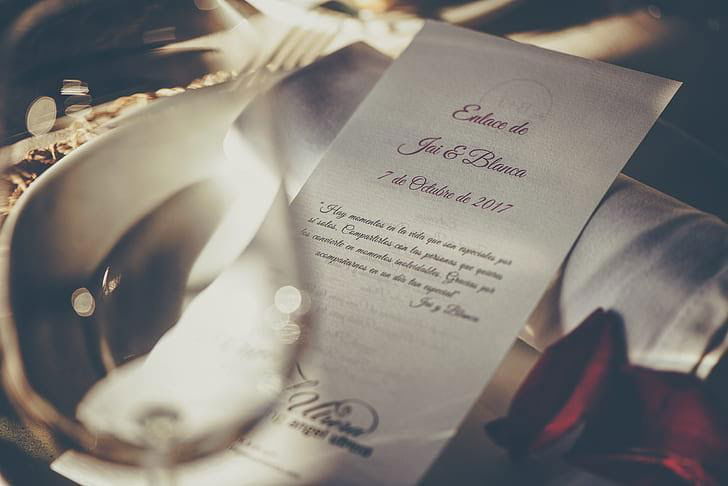
For the reasons we’ve mentioned before, menu cards are notorious for carrying germs and bacteria. Not only that, but most establishments have waiters and waitresses handing you these cards as well which is bad.
These are the people who handle trays, multiple plates both clean and dirty, and may be washing dirty plates as well.
COMPUTER LABS

Public places that also have keyboards. Yep. It’s infested with germs as well. Pair that up with the fact people aren’t usually cleaning up around these labs and you have a place where germs can build up further.
TV REMOTES

If you’re still watching TV, this is the most helpful and commonly used tool in the house. Of course most don’t think of washing these remotes down and use them without a second thought. As a result, germs and bacteria cling to the various buttons and begin to grow in number on them.
So make a point of cleaning your remote once in a while. Be sure to wash your hands before and after using the remote too.
COFFEE MAKERS

Similar to TV remotes, this could be a popular item if you make coffee or tea on the regular. From constantly touching it, we’re allowing the build up of germs on those buttons or the pot itself. So make a point of wiping it down regularly.
For the coffee pot itself, we’d also suggest disinfecting that as well. Sure you’re boiling water in there but it doesn’t hurt to clean the insides often too.
One home remedy we will suggest is three to four cups of undiluted vinegar and place it in the reservoir. Vinegar is a great disinfectant and we couldn’t recommend It more. Once the vinegar is in there, let it sit for a half hour before brewing it. After that, dump the vinegar and run two to four cycles of fresh clean water to clean it thoroughly and remove the smell.
CUTTING BOARDS
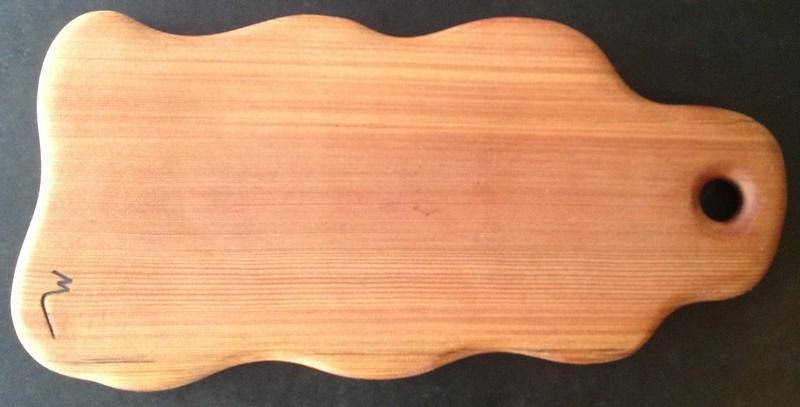
Another kitchen item that we use is cutting boards. They can build up a lot of bacteria due to the small crumbs or fluids that remain on the boards. Not to mention the little slices can create alcoves for gunk to build up in there as well.
Wood, plastic, or glass, if you’re not cleaning your board regularly, you can build up a lot of bacteria, mold, yeast and more.
To clean it properly, all you need is dishwashing liquid with hot soapy water or a dishwasher. Make sure that after you’re done washing it, you stand the board vertically and letting it dry completely.
BATHTUBS
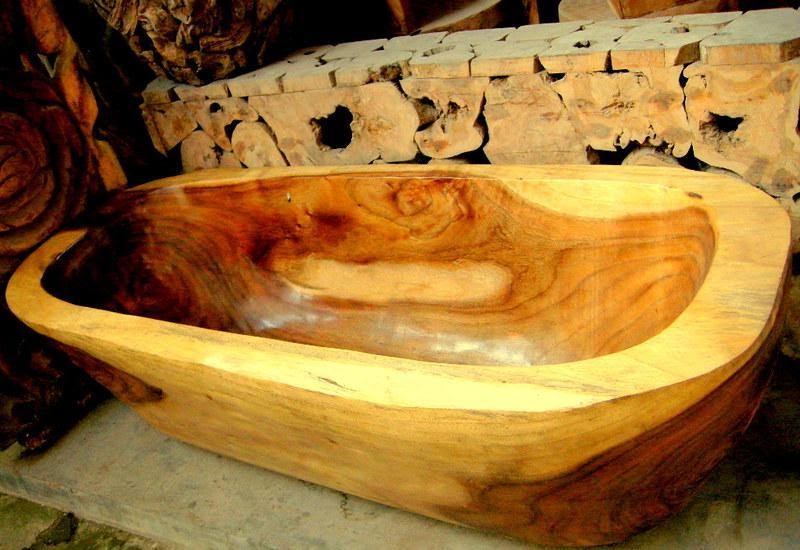
It’s the place where we bathe so of course there is going to be bacteria. Pair that up with the water that cling to the tub and you have a spot where the bacteria can spread quickly over time.
Not only that but bathtubs are particularly dangerous for bacteria as the bacteria can build up in the pipelines where water is stored too. Make a point of cleaning and disinfecting your bathtub regularly with disinfectant or white vinegar.
Be sure to scrub the surface with a heavy-duty sponge as well.
DISH SPONGES AND RAGS
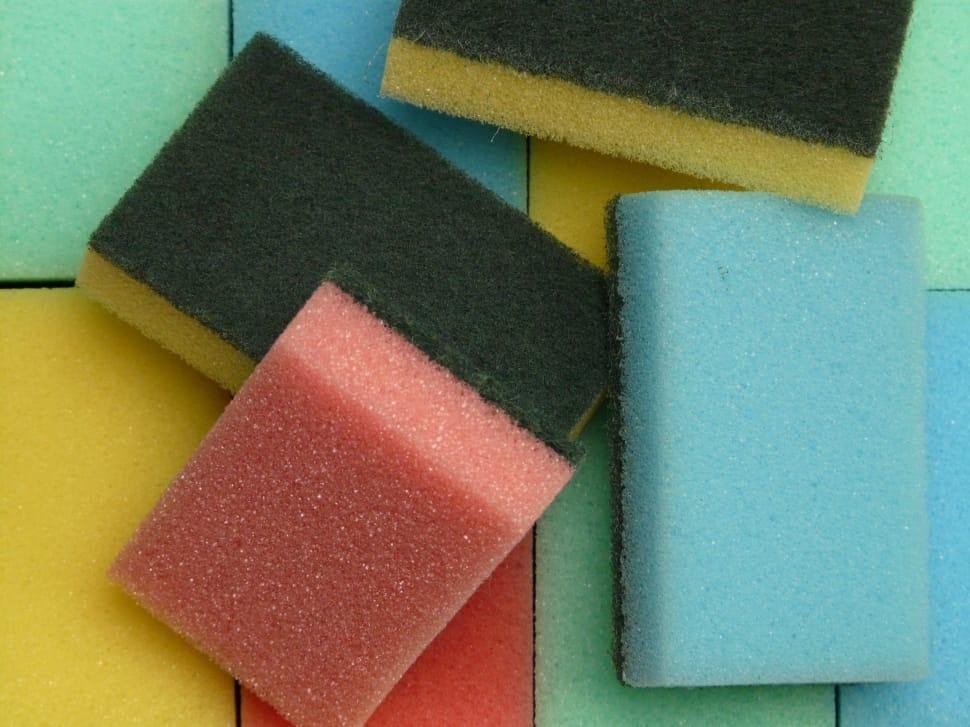
The items that we use to clean up dirty dishes are of course going to be dirty in time and build up all kinds of bacteria given time. The more we use them, the more we run into cases where we are simply moving germs from one dish to another.The same holds true with rags as well as drying cloths too.
To deal with these, there are a few options. First, if you are a rag user, you can opt for reusable dishcloths. That or make a point of washing it with hot water every day or two.
For sponge users, throw your wet sponge in the microwave for a minute or two or boil it for several minutes to disinfect it. That or make a point of changing sponges every two weeks.
KITCHEN SINKS

This shouldn’t come as a surprise since sponges are prone to so many germs. If you’re using those same sponges or rags to wipe down your sink, you’re spreading germs as a result of that too.
Other scenarios that can cause sinks to build up with bacteria is dirty dishes left in the sink for several days. Not only that but washing dirty veggies or raw meats also build up bacteria too.
All of this goes down those pipes and cling there, allowing themselves to grow and build up in the sink.
As such, be sure to clean your sink thoroughly twice per week. Focus on the bottom, strainer, and the sides of the sink.
DOORKNOBS, BANISTERS, HANDLES
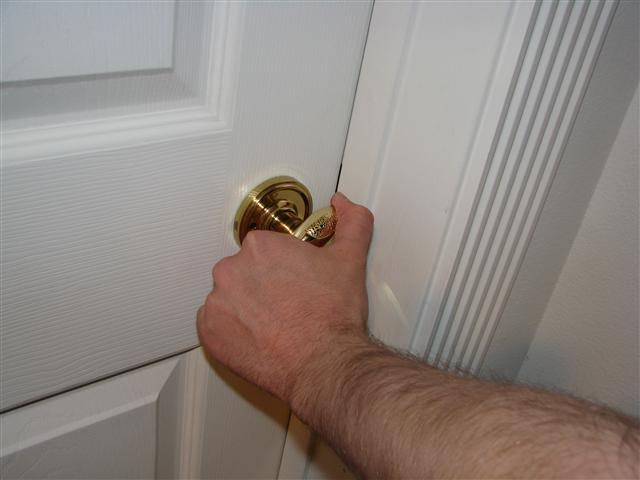
Those at home and in public are surfaces that we touch all the time whenever we want to open something or hold onto for support. As such, this is a perfect place for germs and bacteria to grow and accumulate as well.
To clean it down, make sure you are using wipes to handle these surfaces at home. While in public, make sure you are washing your hands often.
CARPETS, FLOORS, AND RUGS
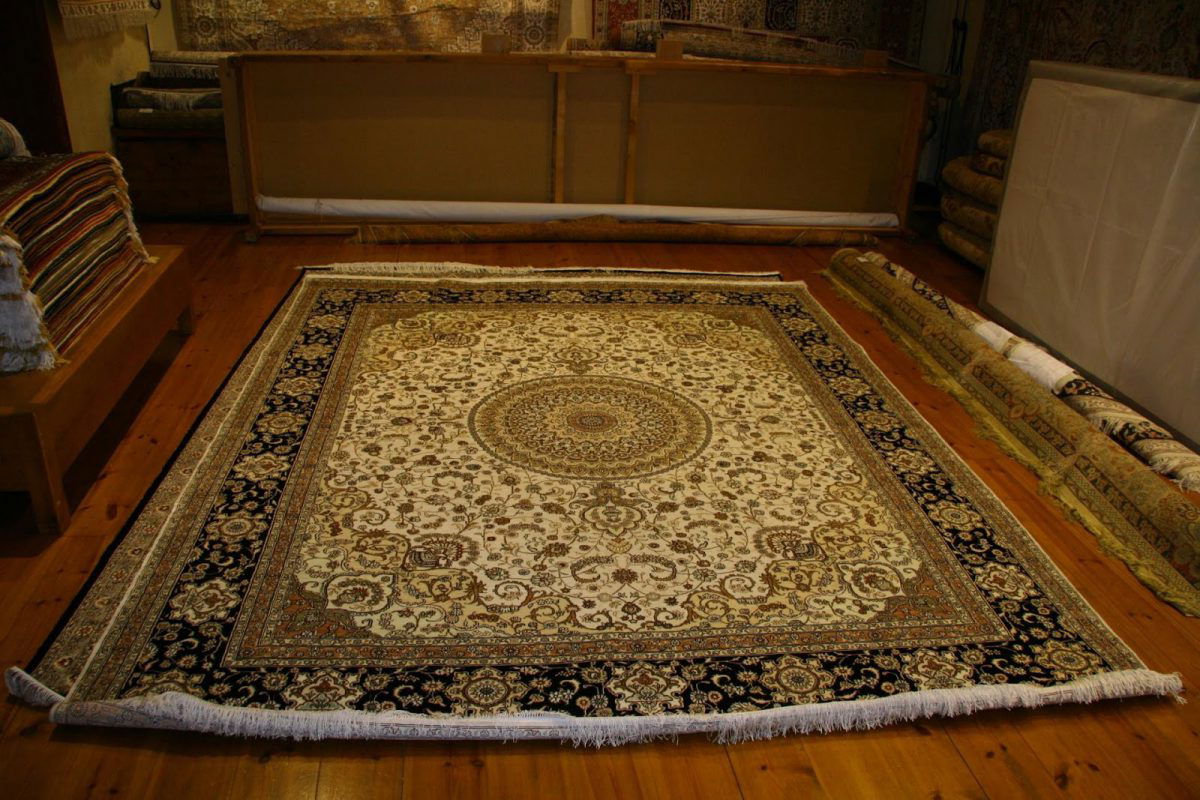
Another obvious one is the surfaces we walk on. Fortunately, these ones aren’t as harmful as the others on this list, but that’s not a reason to be complacent. As a general rule, don’t eat anything that fell to the floor.
The ten-second rule doesn’t apply in this case as bacteria clings to anything the second it’s on the floor. This makes sense when you realize that there is almost 4,000 times more bacteria on these surfaces than on a toilet seat.

